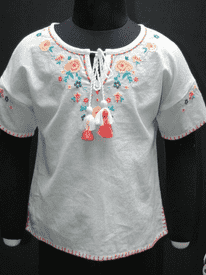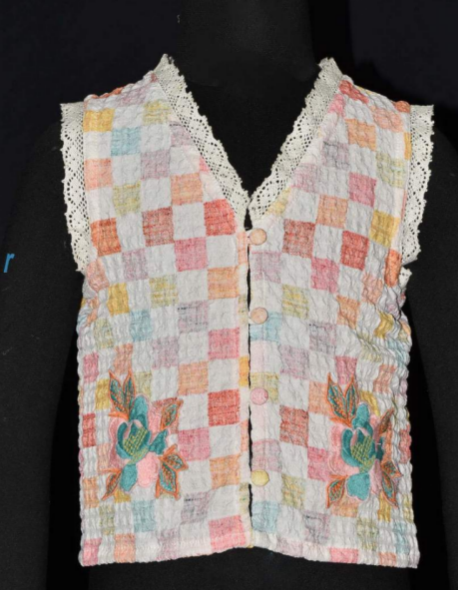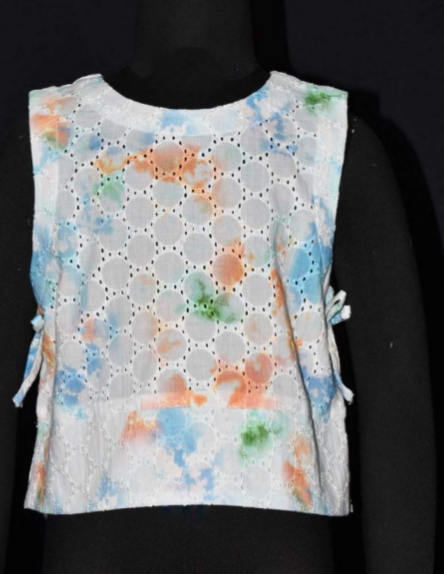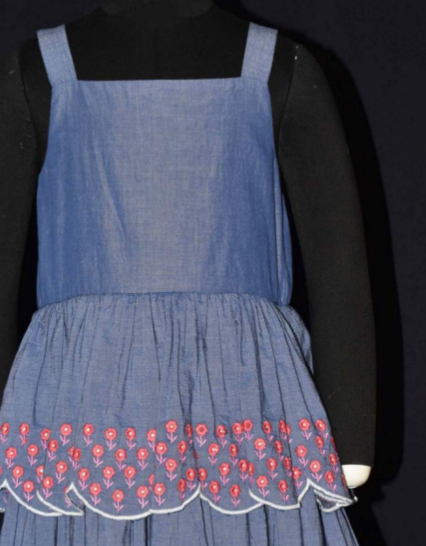Difference Between White Label & Private Label : Benefits & Risks For Apparel Brands

ct quality and hope that their designs and prints are awesome enough to get the products off the shelves. Quality is not the strongest suit for these devices as you’re producing in bulk. However, this type of manufacturing has flexibility and can adapt to changes pretty quickly, allowing you to stay on top of market trends.
When it comes to private label manufacturing, it is more focused on the quality of the production rather than the quantity. This type of production is generally opted for by premium or luxury clothing brands where the quality of the product is paramount and has to be spot on every time. The quantity of production takes longer as a higher level of artisanship is required to develop each garment. The cost of production is also higher, which makes it a viable option generally only for established brands that are trying to provide a luxury apparel product to their customers. Private label manufacturing is also exclusive and ensures that your competitors cannot outright copy your manufacturing by ordering from the same company. This leads us to the risks of both these manufacturing types.
Risks
White-label manufacturing doesn’t make your product unique. You only have your designs and prints to make your product stand out. In terms of white-label manufacturing, your competitors can copy the quality of your product quite easily by simply working with the same manufacturer you are using. Since you are not involved in any exclusive contract with them, they are not obligated to protect your manufacturing secrets from your competitors. This can be a problem since it can flood the market with knockoffs of your brand, which can increase unnecessary market saturation. This is why even though brands may start out with white-label manufacturing, they often shift to private-label as they grow to ensure their product remains unique. Apart from that, since you do not have an exclusive deal with your manufacturer, it may take them longer
to meet your product requirements when they are already working with multiple other clients.
When it comes to private-label manufacturing, one of the major risks associated with it is the cost of production. It is very difficult for new brands to opt for this type of manufacturing while still being profitable. Even for bigger brands, private-label manufacturing can be a costly affair, and the slower production rate can increase the number of backorders. In fact, the higher production cost doesn’t guarantee that your products will sell. So, in case the products are not a hit in the market, they can lead to catastrophic losses for the brand.
Conclusion
Now that you know the benefits and the risks of both these manufacturing types, be sure to choose what’s right for your brand wisely. If you want to build an upscale luxury brand from the get-go, going for the more expensive private-label manufacturing may be worth it for you. Similarly, if you want to build a t-shirt-selling business with catchy one-liner prints, you may not need to have a very high-quality custom-made t-shirt. A generic design may also do the trick for you, which is a great way for you to get started in a cost-effective manner. To learn more about the apparel manufacturing business, check out CheerSagar. CheerSagar is among India's top apparel manufacturers, offering both white-label and private-label apparel manufacturing services.
Related Blog
A Simple Guide To Working With Clothing Manufacturers
What does it take to make your own place in the fashion and apparel industry? Of course, fresh and...
Understanding The Best Fabrics For Kids’ Wear In Japan: A Guide For Exporters
Japan is known for its high standards in textile quality, comfort, and sustainability, making it essential for kids wear manufacturers...
How You Can Practice Sustainable Fashion
Sustainable fashion has always been a bone of contention that has been picked over and over again. Creating a sustainable...




